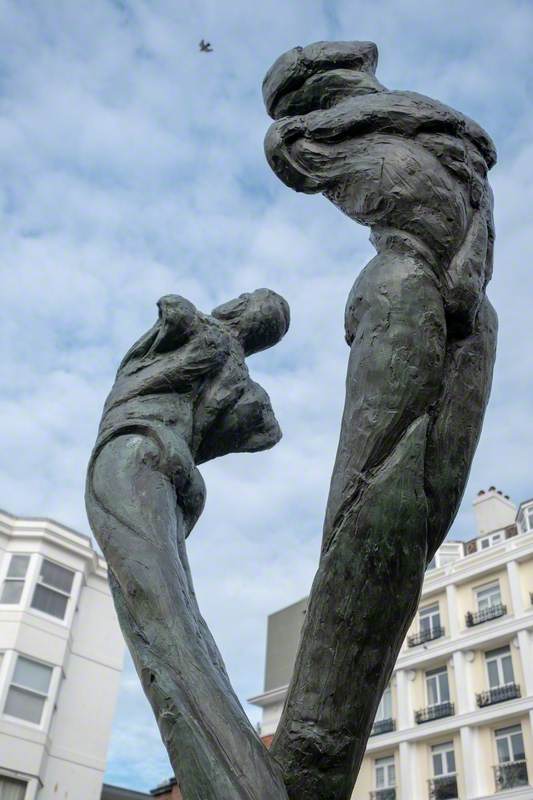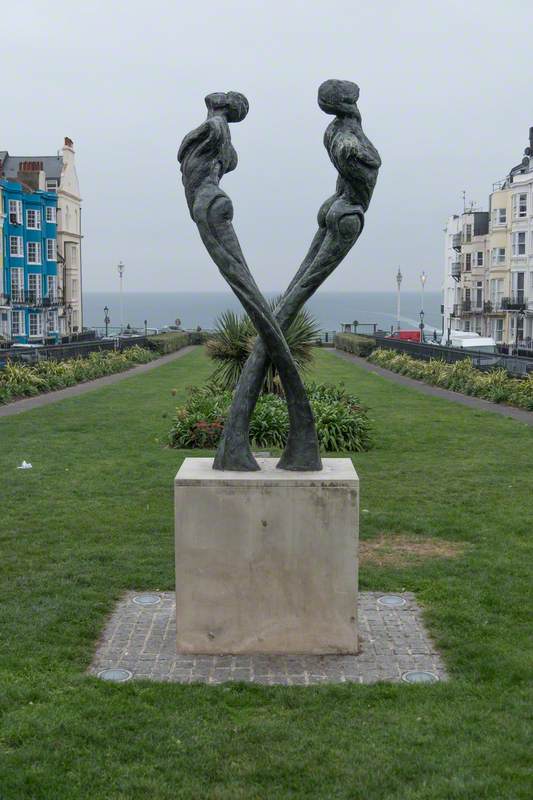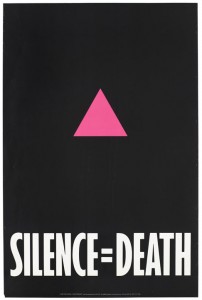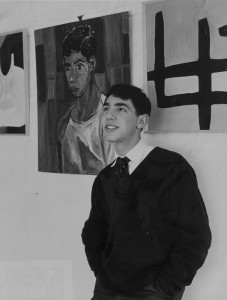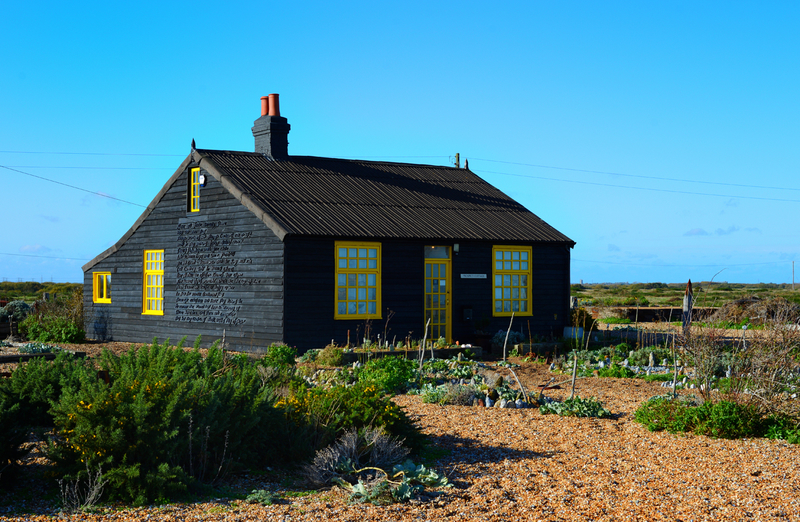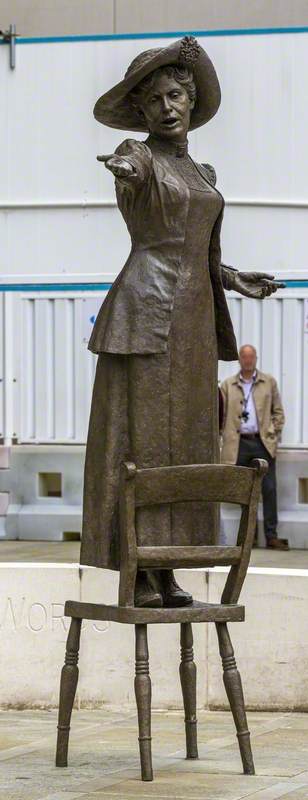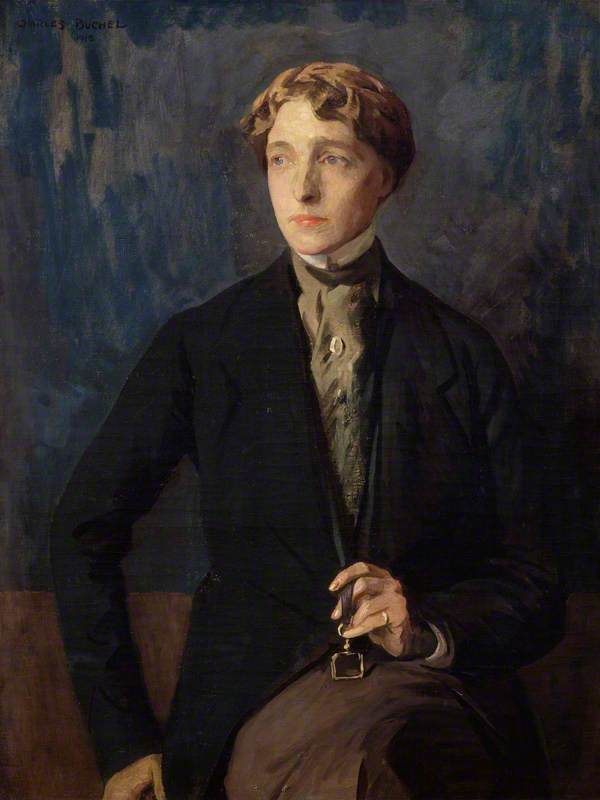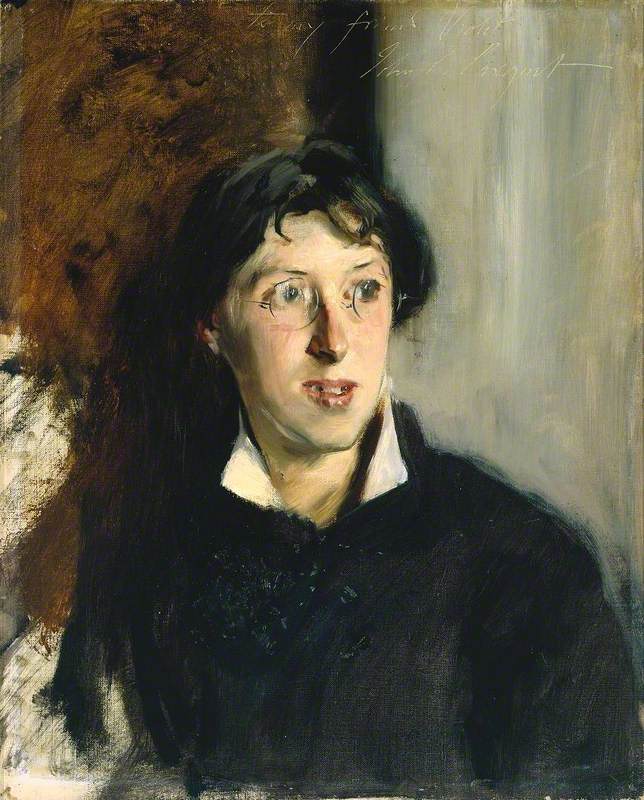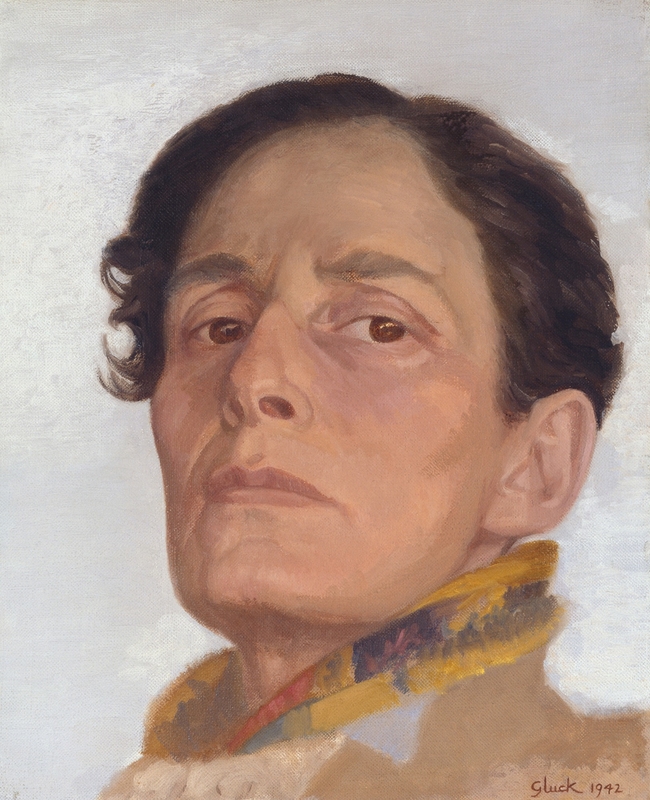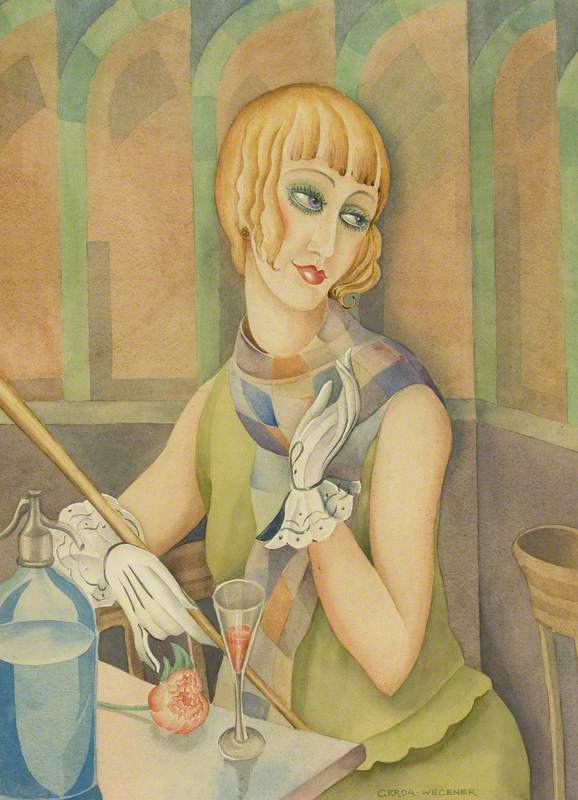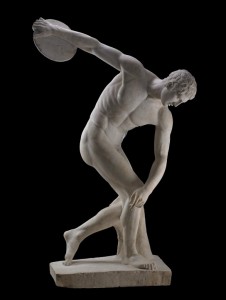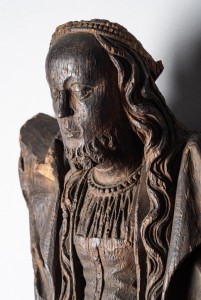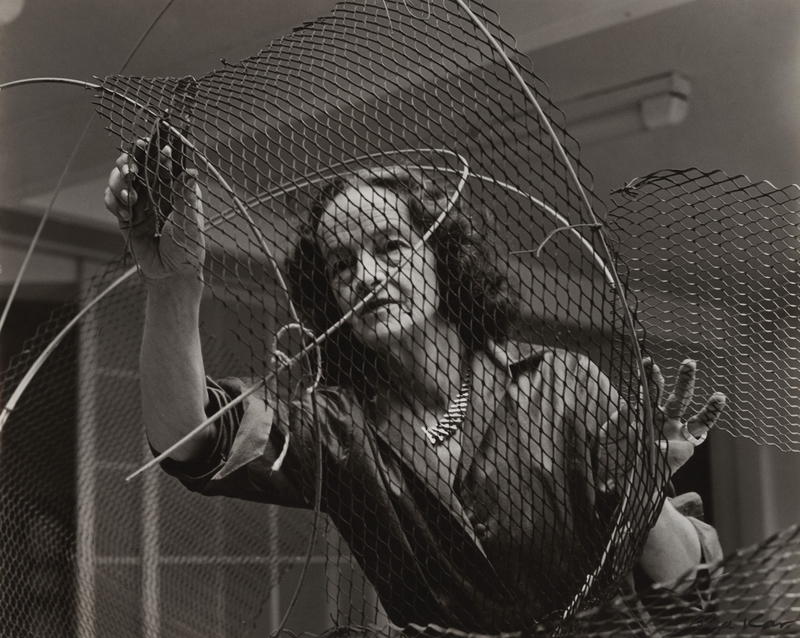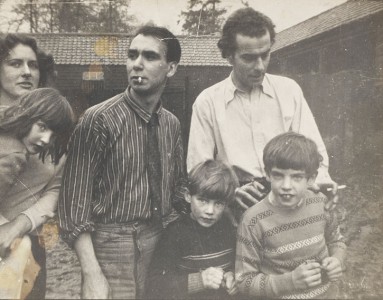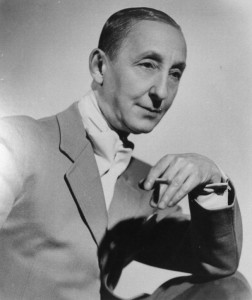The striking memorial, in the gardens of New Steine, Brighton, was created by Romany Mark Bruce.
'When my best friend and soulmate Paul Tay died in 1992, the stigma of AIDS meant I felt unable to share the cause of his death,' he said. 'It was a lonely place to be, and my greatest fear was that I might forget him. Winning the commission turned out to be much more than an incredible opportunity to create a public sculpture. I feel enormously privileged, not only to have been able to remember Paul in a sculpture, but also to provide a public space where we can all grieve our losses.'
James Ledward, then editor of Brighton's GScene magazine, had spearheaded a campaign for a public AIDS memorial in the city, and Bruce won the commission by public vote in 2007. Funding was obtained through public donations: so much money was raised that Bruce was able to create a much larger sculpture than his original proposal.
Ledward and Bruce overcame many challenges in order to create the sculpture, from the planning application to finding a suitably large, temporary studio. After three months' work, Bruce was also faced with a catastrophic collapse of the sculpture: the initial armature proved not strong enough to support some half a tonne of clay. He had to start again with a new armature made from welded scaffolding poles. The finished work was unveiled by David Furnish on 9th October 2009.
Based on the shape of the AIDS ribbon, the bronze sculpture depicts two figures, one male and one androgynous; the latter referencing the fact that AIDS and HIV infection are not confined to gay men – the memorial commemorates all those affected by the disease. The two figures are intertwined at the base and then soar gracefully outwards and upwards in opposite directions. The memorial stands approximately four metres high including the plinth and, when the sun is in a certain position, the two figures cast the shadow of an AIDS ribbon on the ground.
The generosity of donations was so great that Ledward was able to set up the Brighton Rainbow Fund, which today is still the central hub for fundraising within the Brighton and Hove LGBTQ+ communities.
There are only a handful of memorials in the UK dedicated to AIDS/HIV victims. Brighton and Hove is considered by many to be the LGBTQ+ capital of the UK, so it is a fitting location for this work. A great accomplishment by Bruce, and a permanent legacy of James Ledward, who sadly died in October 2019.
Dr Anthony McIntosh, Public Sculpture Manager, Art UK
